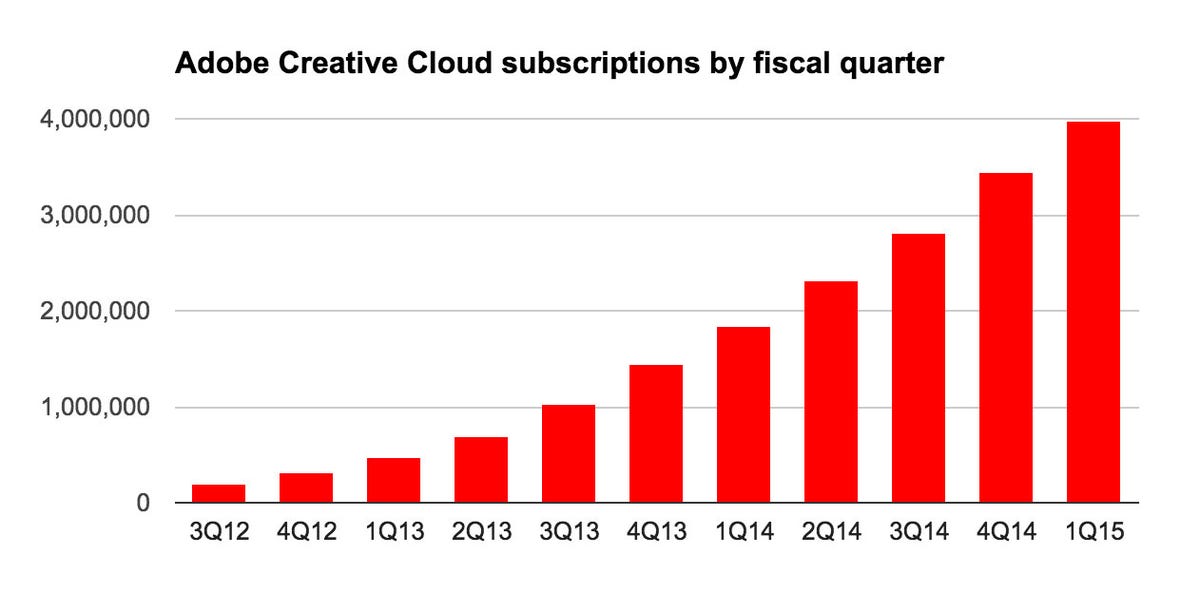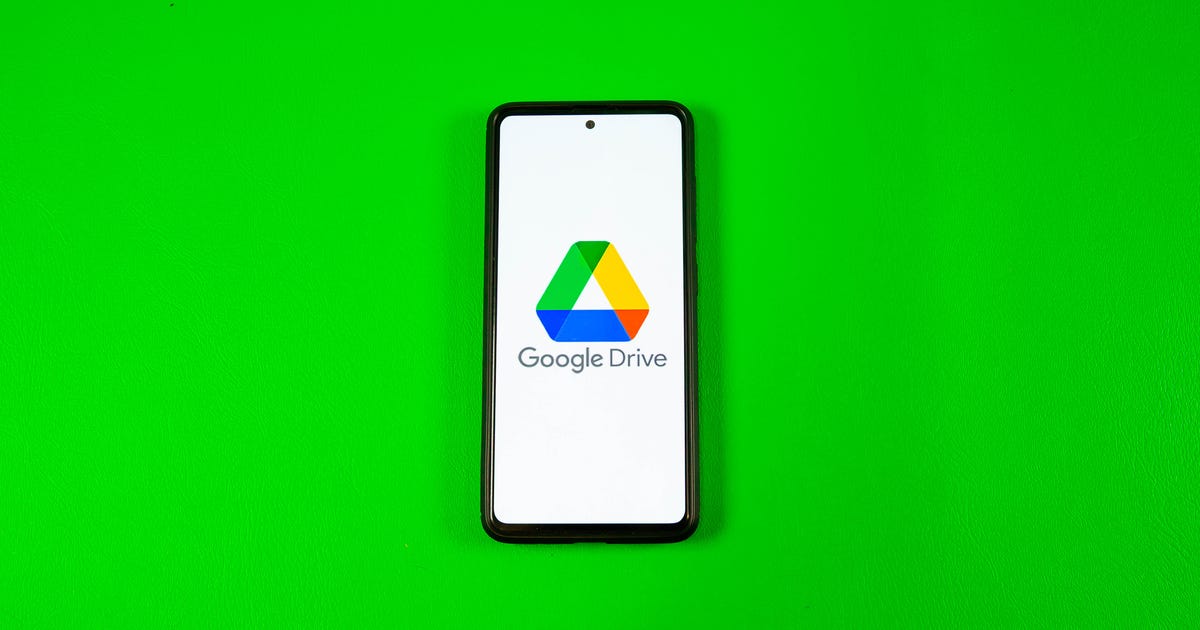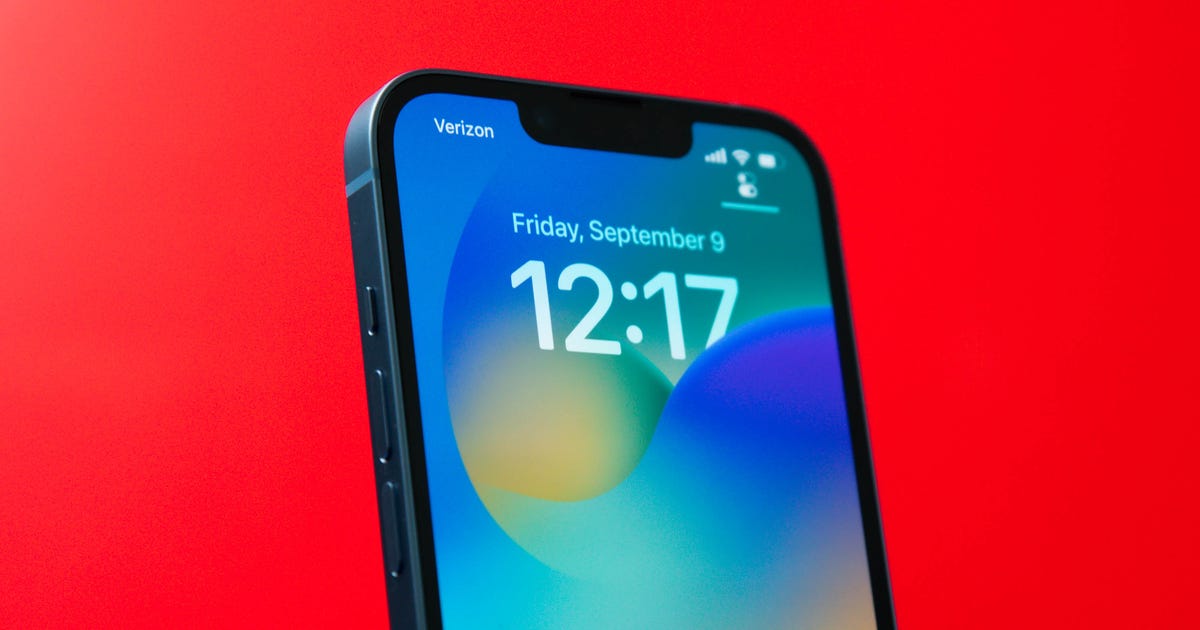
Screenshot by Stephen Shankland/CNET
Three years into its transformation into a subscription-funded company, Adobe Systems is still refining the technology you get for those monthly payments — and we want to know what you think of its latest steps through a new survey.
The most significant new step is the acquisition of Fotolia, a microstock company that sells rights to use stock photos, illustrations and videos. That provides an easy way for ad agencies to find pictures of subjects like doctors with stethoscopes, businesspeople shaking hands and salads with crisp green lettuce. It also provides countless photographers a way to make money selling those photos, sometimes as a living but often as a side job.
The Fotolia acquisition has the potential to change Adobe’s image by making it more of a marketplace for creative pros who produce and consume stock art. For example, Adobe could integrate stock-art sales with the software where customers need to use that stock art. Fotolia also dovetail with Adobe’s Behance social network where photographers and other creative types share their work.
And of course it means new revenue for Adobe if the company can succeed against competitors like Shutterstock, Dreamstime, 123RF and Getty Images’ iStockphoto.
That’s why CNET, in partnership with analysts at RBC Capital Markets, is running a new installment in our series of surveys about Adobe. We’d like to hear your thoughts on the Fotolia change, but also about plans to move from its older Creative Suite software products to the newer Creative Suite software subscription.
It was in May 2012 that Adobe last significantly updated its Creative Suite products — Photoshop, Illustrator, After Effects and several more titles sold through traditional perpetual licensing that grants a customer the right to use the software version forever. Since then, instead of charging for upgrades, Adobe has released updates only through its Creative Cloud subscription. That costs $50 per month for a one-year commitment, with higher prices in other countries, for customers who pay without an annual commitment, or for those who want an enterprise version with more collaboration features.
The change generated a loud backlash from customers who were angry with the idea of software that stops working when you stop paying for it. Since then, Adobe has refined its offerings, most notably with the Photoshop Photography Program that combines Photoshop, Lightroom and more recently Lightroom Mobile through a $10 monthly plan.


Stephen Shankland/CNET
Adobe also argues that the Creative Cloud approach lets it continuously deliver updates instead of holding features back for big upgrades. One coming update is software for creating animations involving 3D characters after Adobe announced Monday it acquired Mixamo.
“Integrating Mixamo into Creative Cloud provides an incredible platform for more 3D innovation in the future,” said Winston Hendrickson, vice president of digital imaging products, in a blog post Monday. “With this acquisition, we are excited to offer greater value to customers while introducing a new way of working to our design community that is looking to push the limits with 3D tools.”
Opinions on Creative Cloud remain divided. But apparently the complaints only go so far: Adobe has shown steady growth in Creative Cloud subscriptions to nearly 4 million, though the pace of growth dropped in the most first quarter of the year.
Subscriptions can be good for business: predictable, recurring revenue is easier to handle than the on-again off-again revenue that accompanies the fitful upgrade cycle of perpetual licensing. But are subscriptions the best option for customers? Here, too, we’d like your opinion in the survey.




